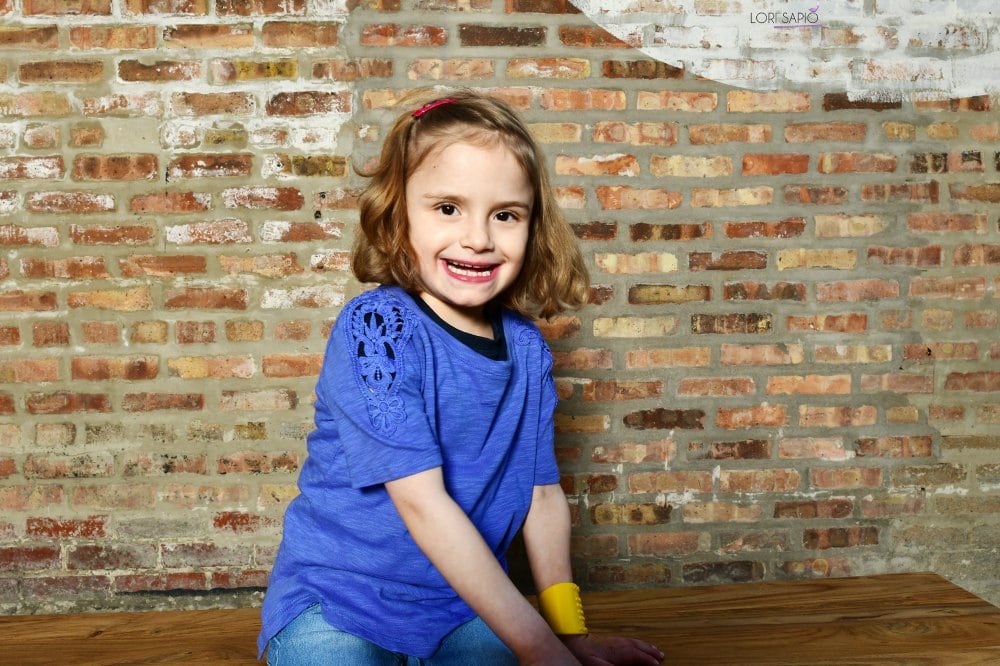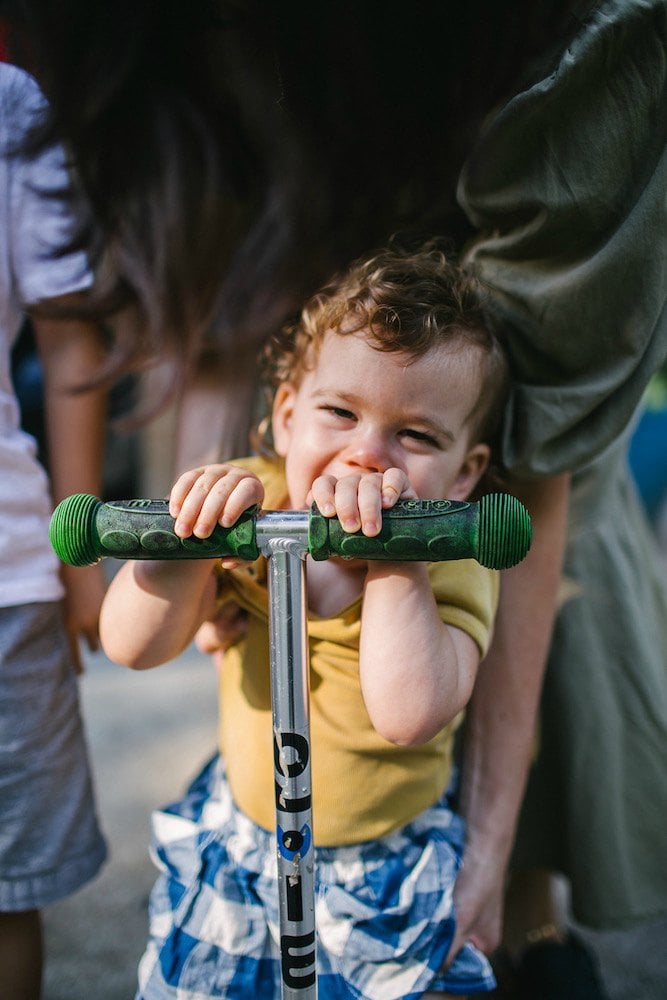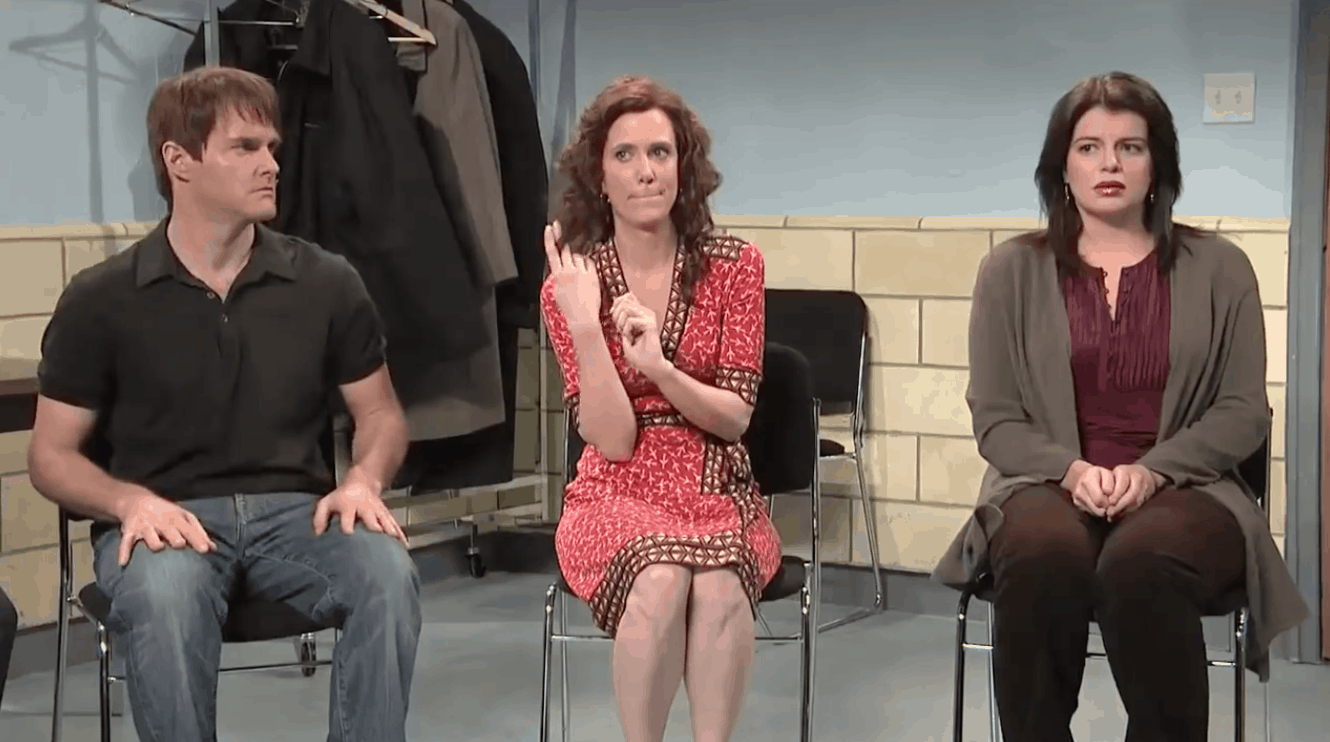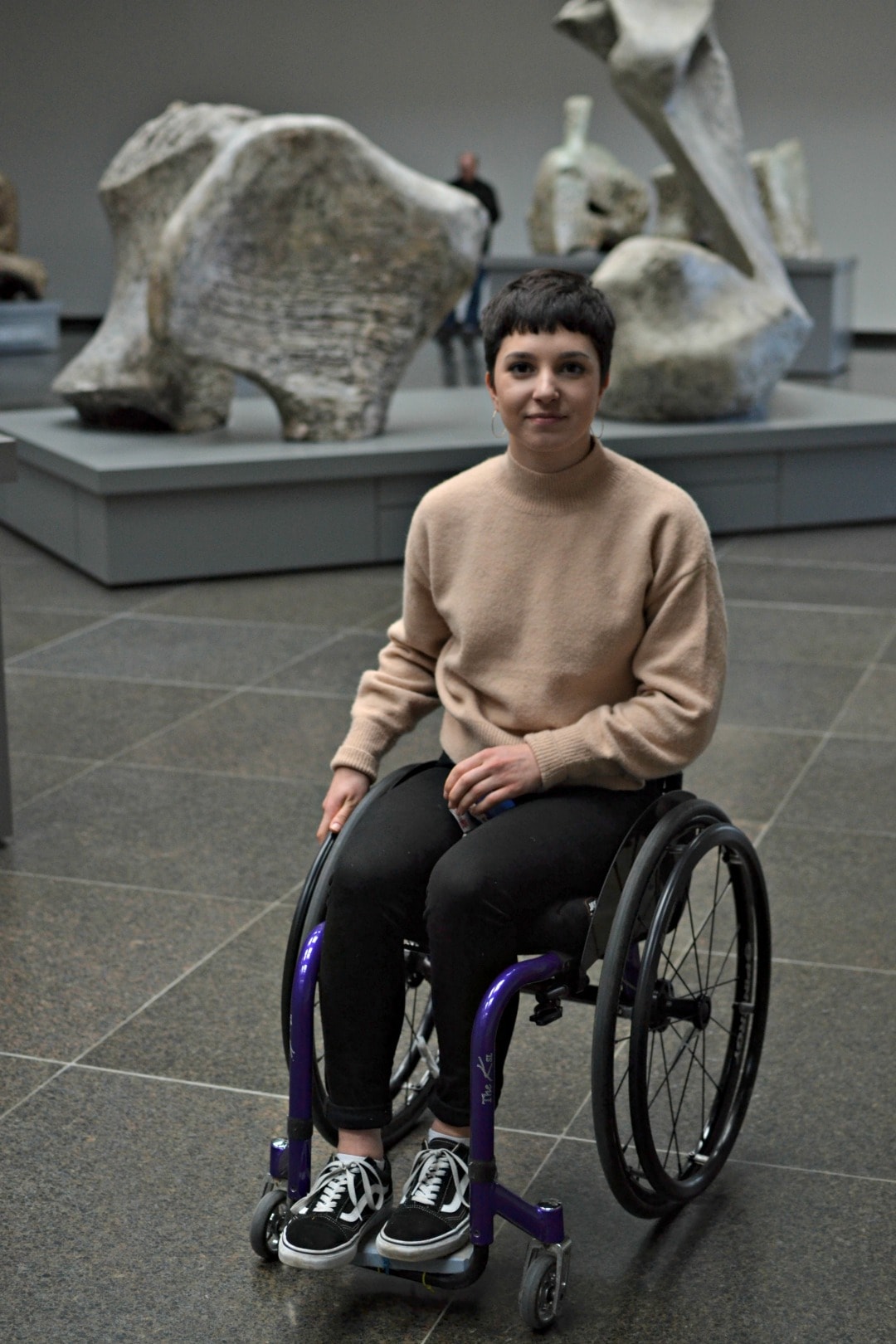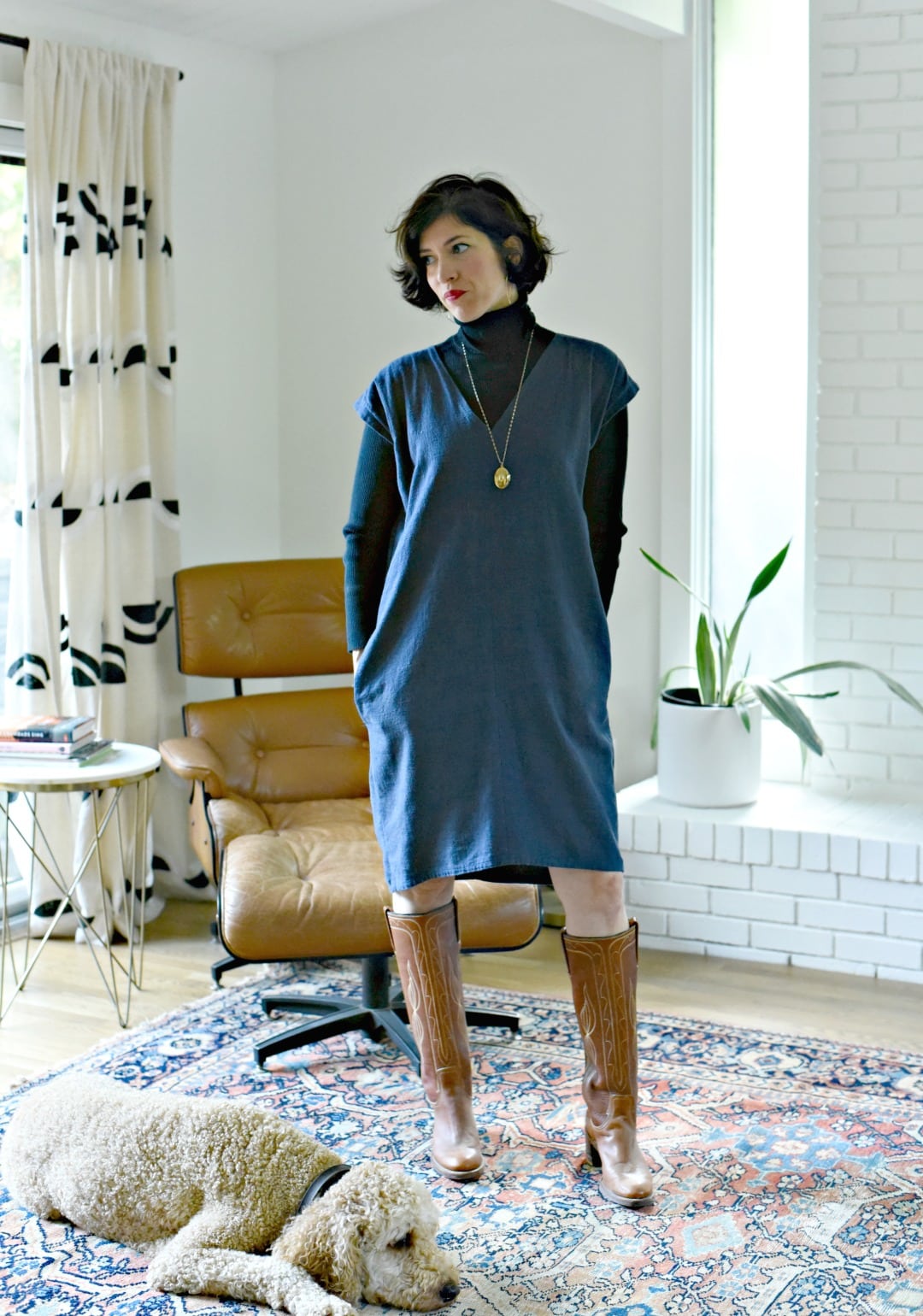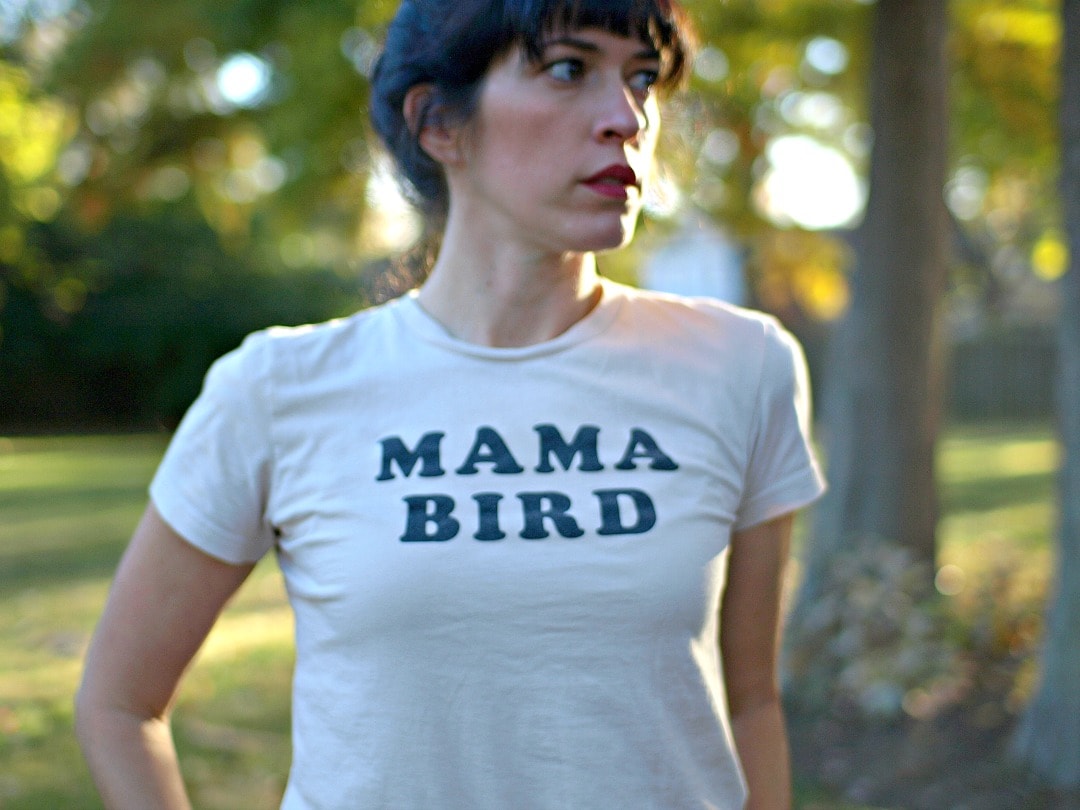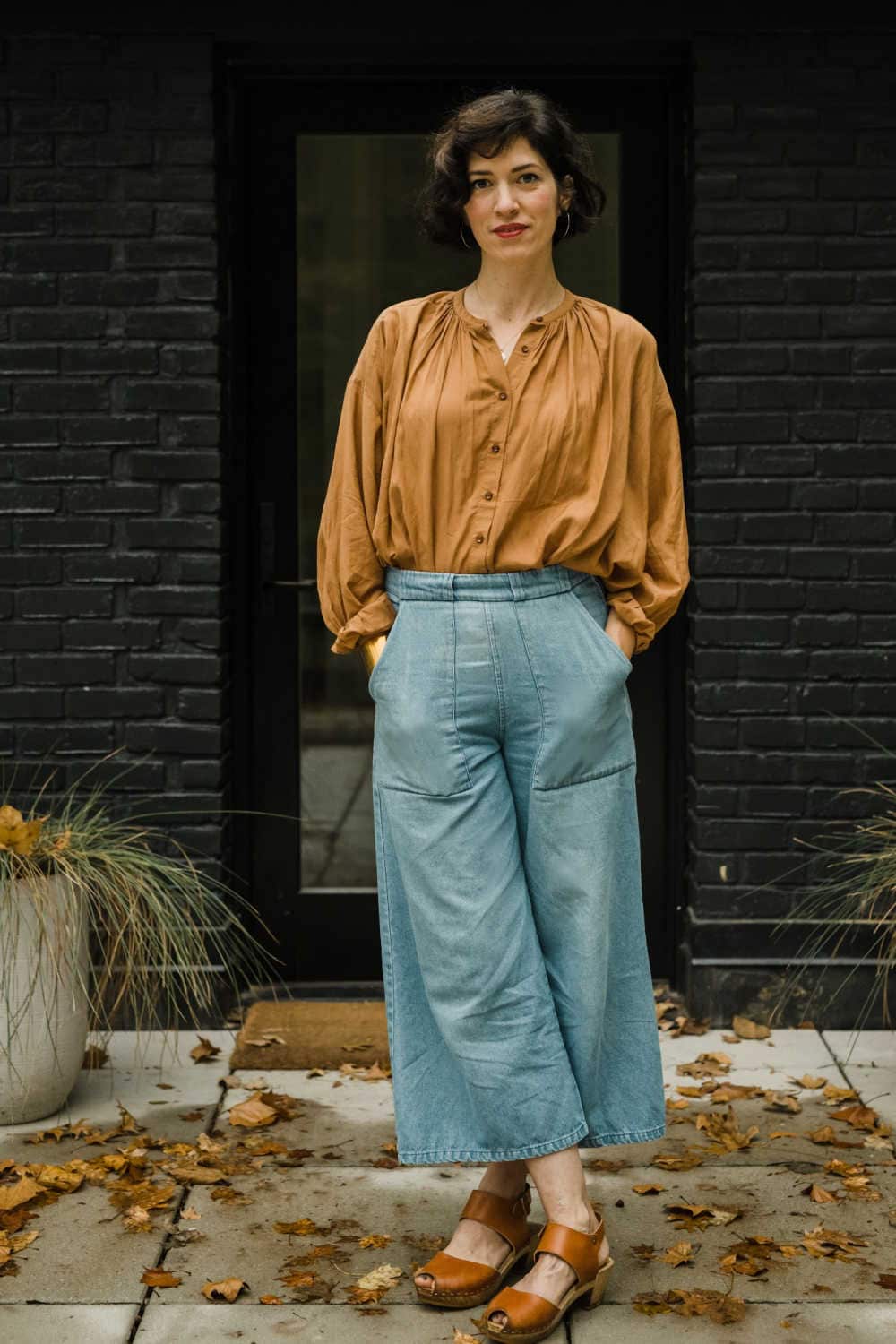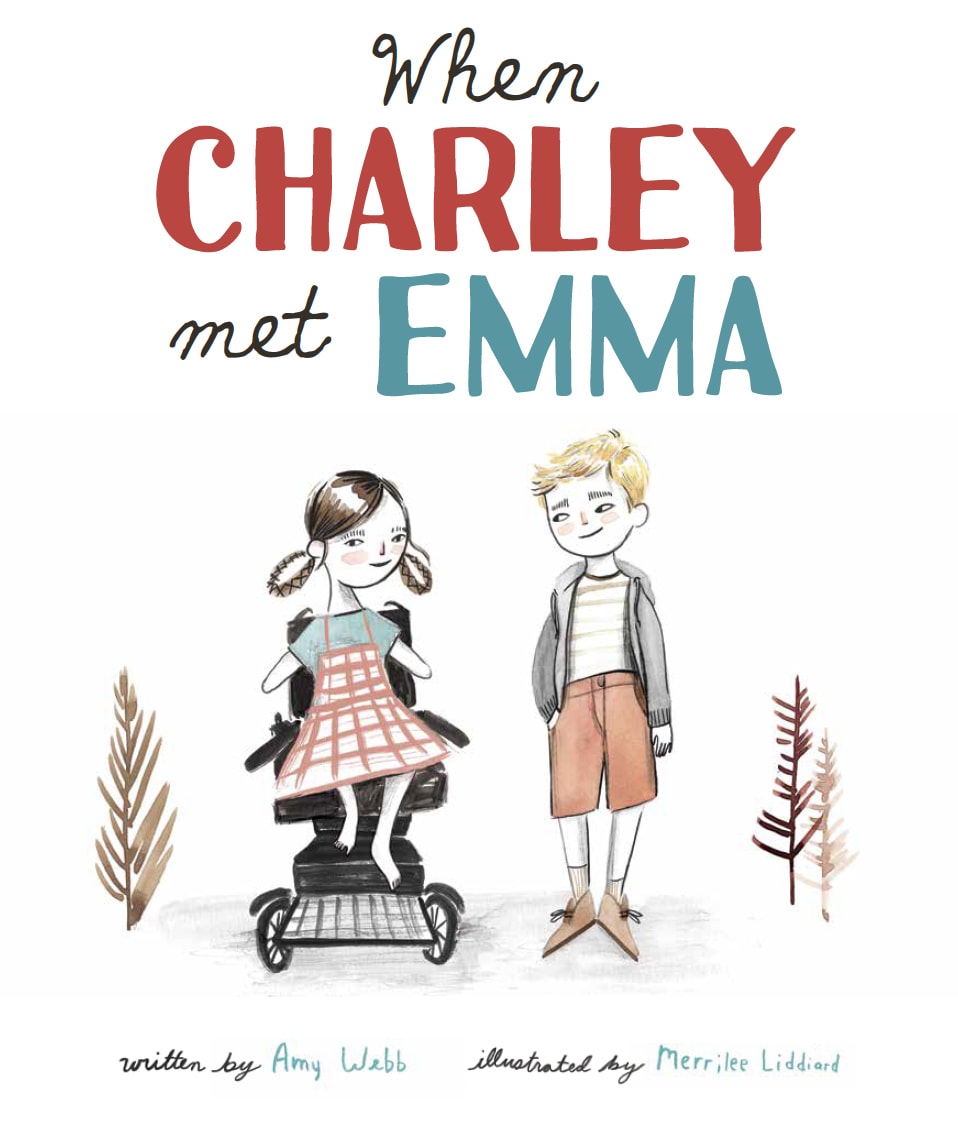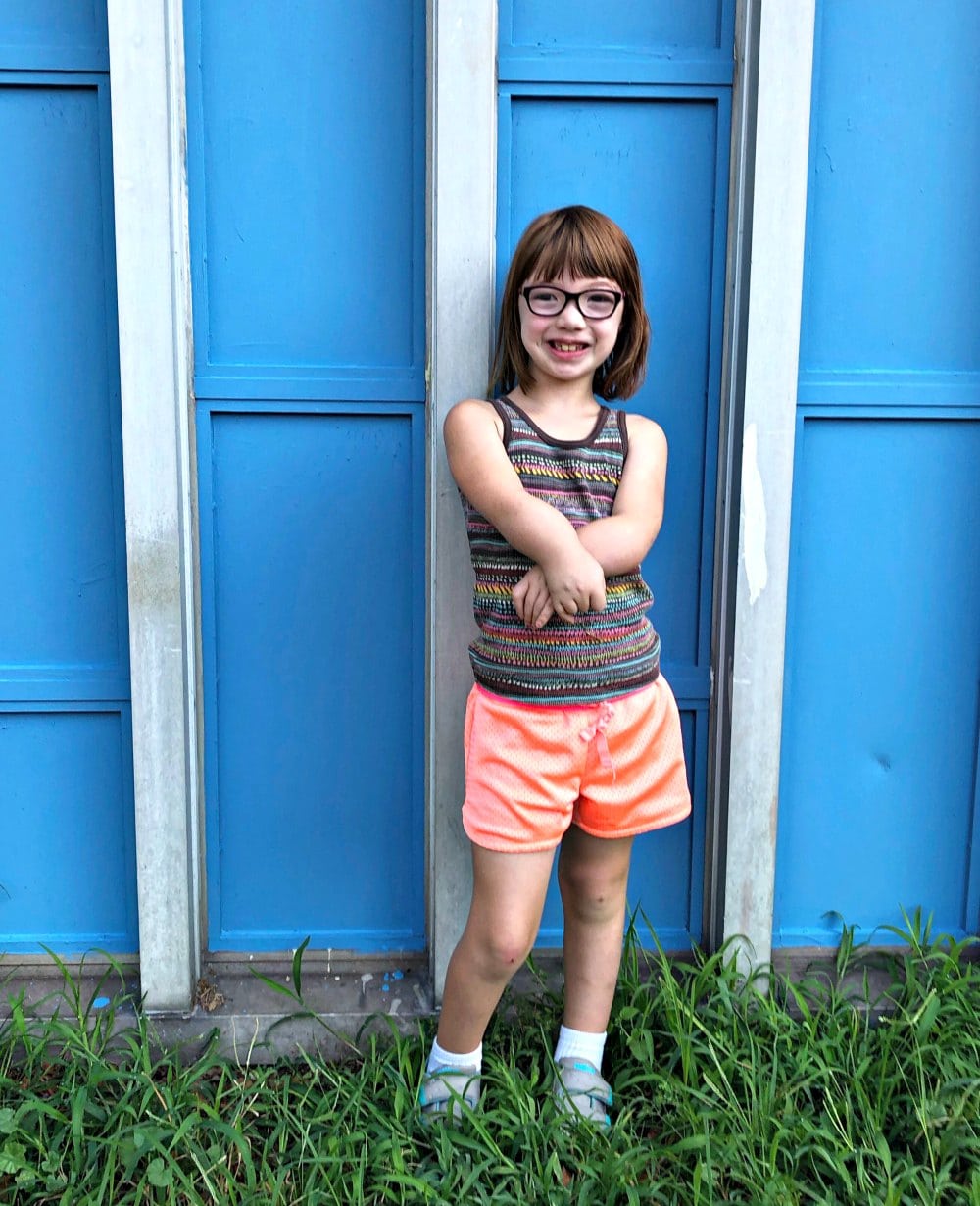
My name is Shelley and this is Vivian! She is 7 years old and was born with limb differences. I live in Philadelphia with Vivian, my partner Robert, and Vivian’s big sisters Chloe (16) and Maya (14). Vivian matches up genetically with an ultra rare disorder called Kantaputra Syndrome but we often find ourselves not fitting into any one diagnosis or category. Vivian has always had challenges with speech, balance, and working memory and we recently learned that she has a brain difference that is likely the cause. As Vivian has continued to unfold, we have learned that flexibility is the best way always. She has taught us to be persistent and brave!
***************
Miggy: Welcome Shelley! And thank you so much for being willing to talk about Vivian and the experiences you’ve had as her mother. Can you take me back to the day you found out that Vivian would be disabled? Was this before birth, immediate after, or sometime after that? If applicable, how long did it take you to get a diagnosis? Do you remember how you felt? Can you compare those first thoughts and feelings with how you feel now?
Shelley: We approached our 20 week ultrasound like most everyone does — just wanting to know the gender of our baby! We had tickets to a show later that night and were generally ready for an awesome day. The day was turned upside down when the tech told us that it our baby had bilateral clubfoot, that her lower arms and lower legs were shorter than expected and that she likely did not have fingers. I was shocked and very, very sad. We were told that it was possible that something serious, even life threatening, could be the cause. She was not a planned-for baby but was very, very wanted and loved and I was deeply worried I would lose her. In the days and weeks we waited for test results, I struggled with the fear that I wouldn’t be able to handle what would be required of me as a mom, and that she would suffer, physically and emotionally.
Though the more major genetic causes were ruled out, the doctors weren’t sure what the cause was and how severe her issues might be.Throughout my pregnancy, we never got a good look at her face or hands and so it wasn’t until Vivian was born that we knew exactly what she would look like. After delivery, we learned she had a typical (beautiful!) face, and though her hands were contracted, she had all 10 digits. The bones in her forearms were (and continue to be) about half the typical length and are bowed. Genetic testing started on her first day of life. The clubfoot was corrected with casting and braces, and she received PT and OT starting in infancy.
Balance and coordination were not what was expected but we chalked it up to the early casting. She was a late walker and talker and eventually she was diagnosed with an expressive speech delay and has been in speech therapy continually since around 2 years old. We have recently learned that she also has a brain difference, a smaller than typical cerebellum, which likely contributes to most of her motor coordination and planning challenges, including speech. It also affects some cognitive functions like working memory and Vivian uses extra support at school.Around the age of 5, a persistent doctor in the Genetics Department of CHOP matched her with an extremely rare disorder called Kantaputra sydrome. With less than 10 known cases, it has not shed much light on her condition or what her future will be.
Most of the fears about Vivian that I had in the hours and days after the ultrasound were not realized. She has always been healthy and strong. She has reassured me again and again with her strength, her humor, her persistence. That said, she is still unfolding, and most days I feel my job is just to be a witness and a mirror to show her what she already possesses.
[readmore title= “Click here to read Shelley’s really great insights on raising a child with a disability.”]

